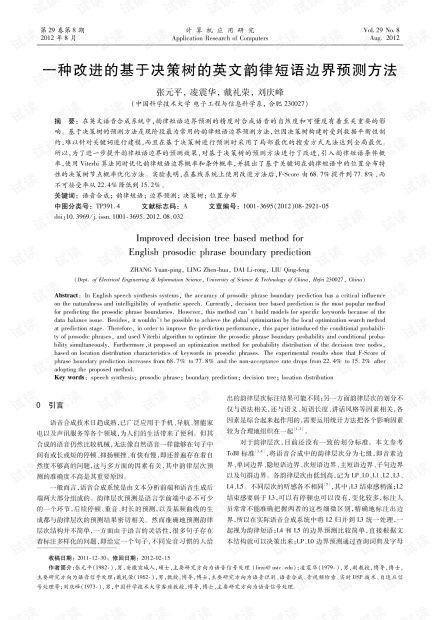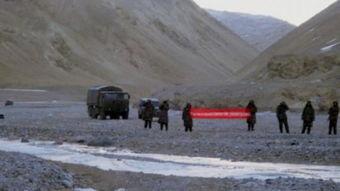
Border security is a critical aspect of any nation's defense and public safety strategy. It involves the protection of a country's borders against illegal activities such as smuggling, espionage, and unauthorized immigration. This article delves into the importance of border security, the challenges faced by border security forces, and the technological advancements that have been introduced to enhance security measures.

Border security forces play a pivotal role in safeguarding a nation's sovereignty and ensuring the safety of its citizens. These forces are responsible for monitoring and controlling the movement of people and goods across the borders. They also work closely with other law enforcement agencies to combat cross-border criminal activities. The following are some key responsibilities of border security forces:
Patrolling the borders to prevent illegal crossings
Inspecting individuals and goods entering or exiting the country
Investigating and apprehending suspects involved in cross-border crimes
Collaborating with international partners to share intelligence and resources

Border security faces numerous challenges, some of which are outlined below:
Illicit Activities: Smuggling of drugs, weapons, and other contraband is a significant concern for border security forces. These activities can have severe economic and social consequences.
Unauthorized Immigration: The influx of unauthorized immigrants can strain public resources and lead to social tensions.
Technological Advancements: The rapid development of technology has made it easier for criminals to evade detection. Border security forces must continuously adapt to new methods of detection and prevention.
Geographical Challenges: Some borders are vast and difficult to monitor effectively, making it challenging to prevent illegal activities.

Advancements in technology have significantly enhanced border security capabilities. Some of the key technological tools and systems used by border security forces include:
Surveillance Cameras: High-definition cameras are used to monitor border areas and detect suspicious activities.
Biometric Identification Systems: These systems help in identifying individuals and preventing identity theft.
Drone Technology: Drones are used for aerial surveillance and can cover large areas quickly and efficiently.
Radio Frequency Identification (RFID) Tags: RFID tags are used to track goods and individuals, making it easier to detect smuggling activities.

Border security is a global concern, and international collaboration is essential in addressing cross-border threats. Countries often share intelligence, resources, and best practices to enhance their border security capabilities. Some of the key areas of international collaboration include:
Joint Training Exercises: These exercises help in improving coordination and interoperability between border security forces of different countries.
Information Sharing Agreements: These agreements facilitate the exchange of intelligence and information between countries.
Technical Assistance Programs: Developed countries often provide technical assistance to less developed countries to improve their border security infrastructure.

Border security is a complex and multifaceted issue that requires a comprehensive approach. By leveraging technology, fostering international collaboration, and addressing the root causes of illegal activities, border security forces can effectively protect their nations' borders and ensure the safety and security of their citizens.

Border Security, Border Forces, Illegal Activities, Unauthorized Immigration, Technology, International Collaboration